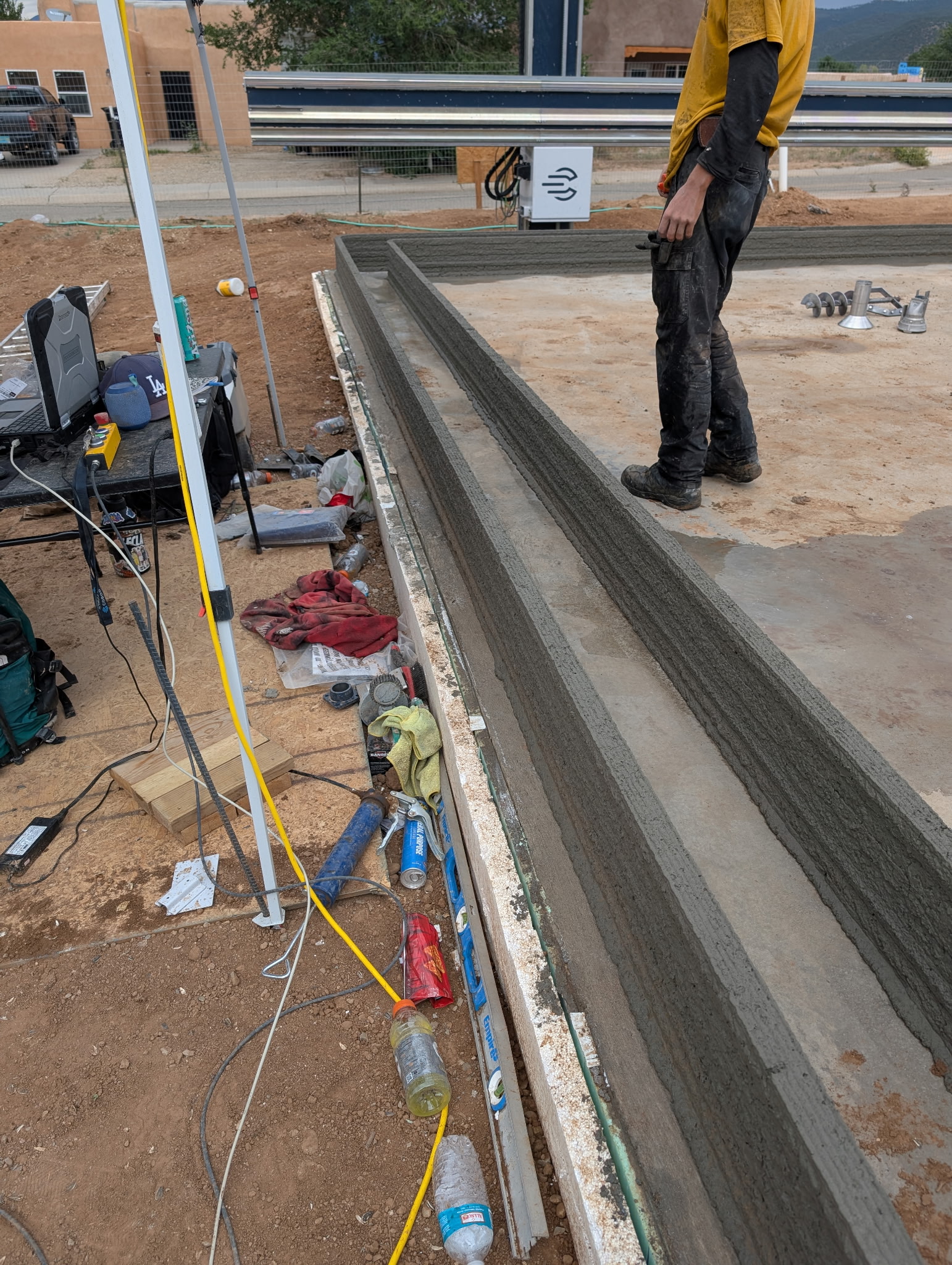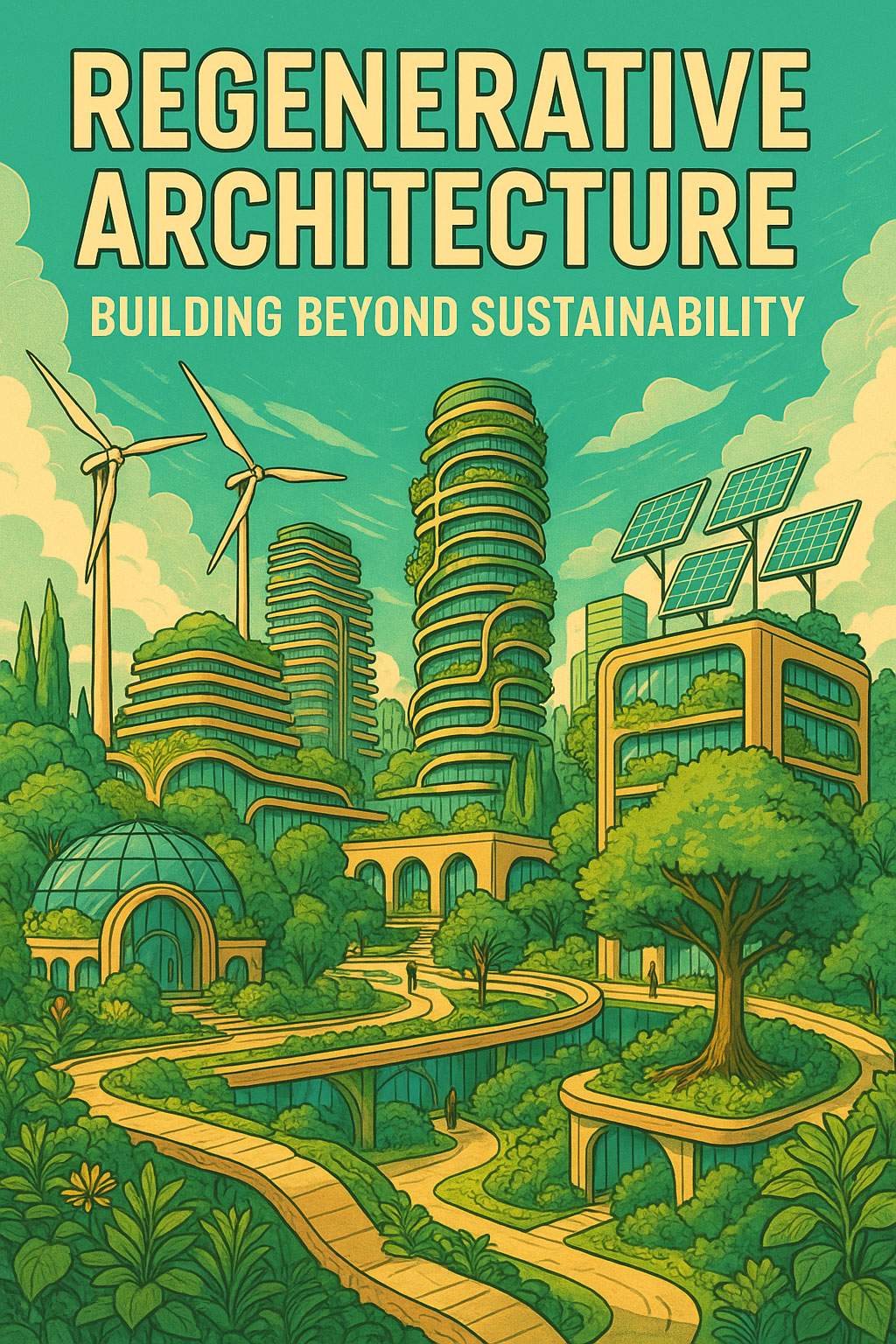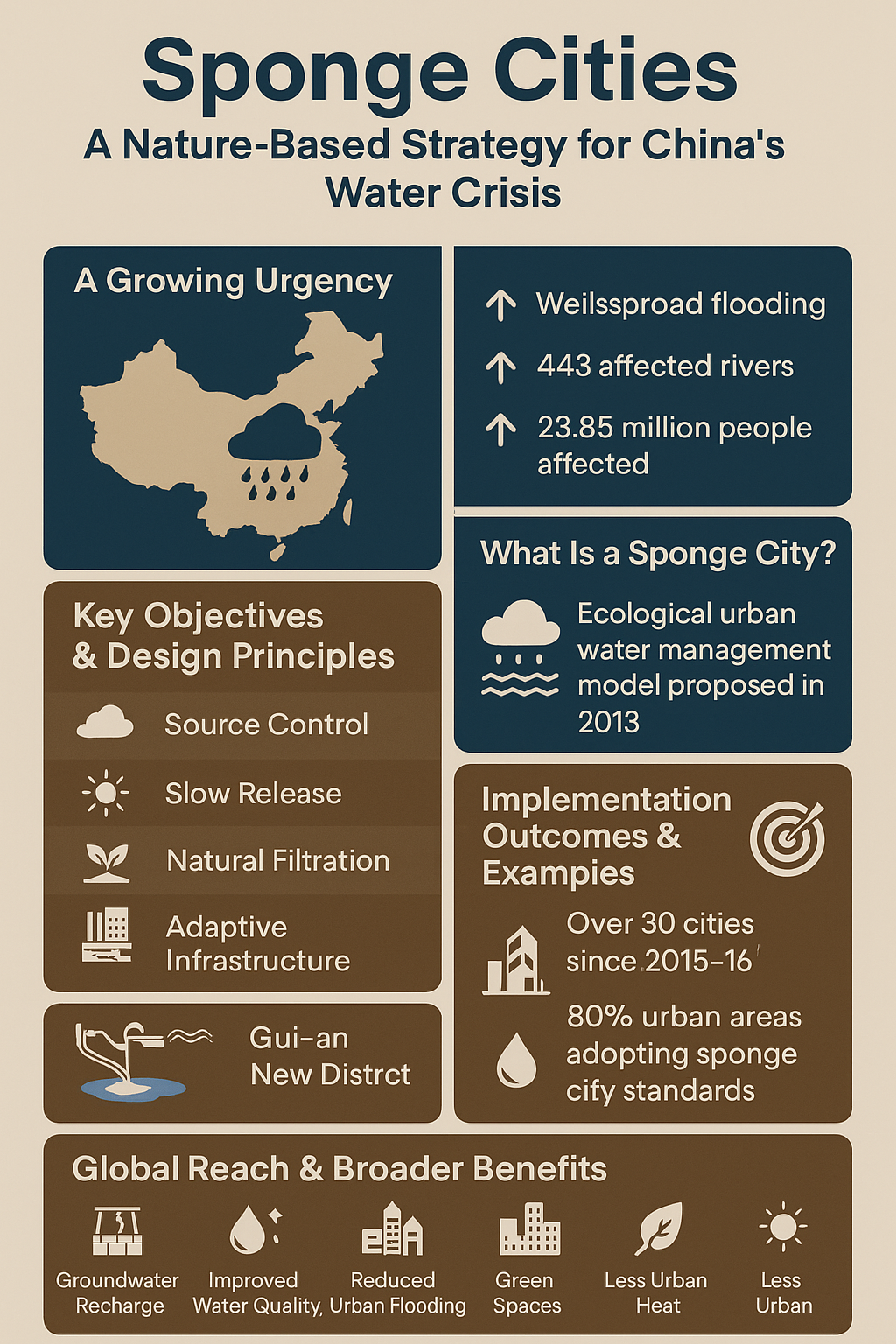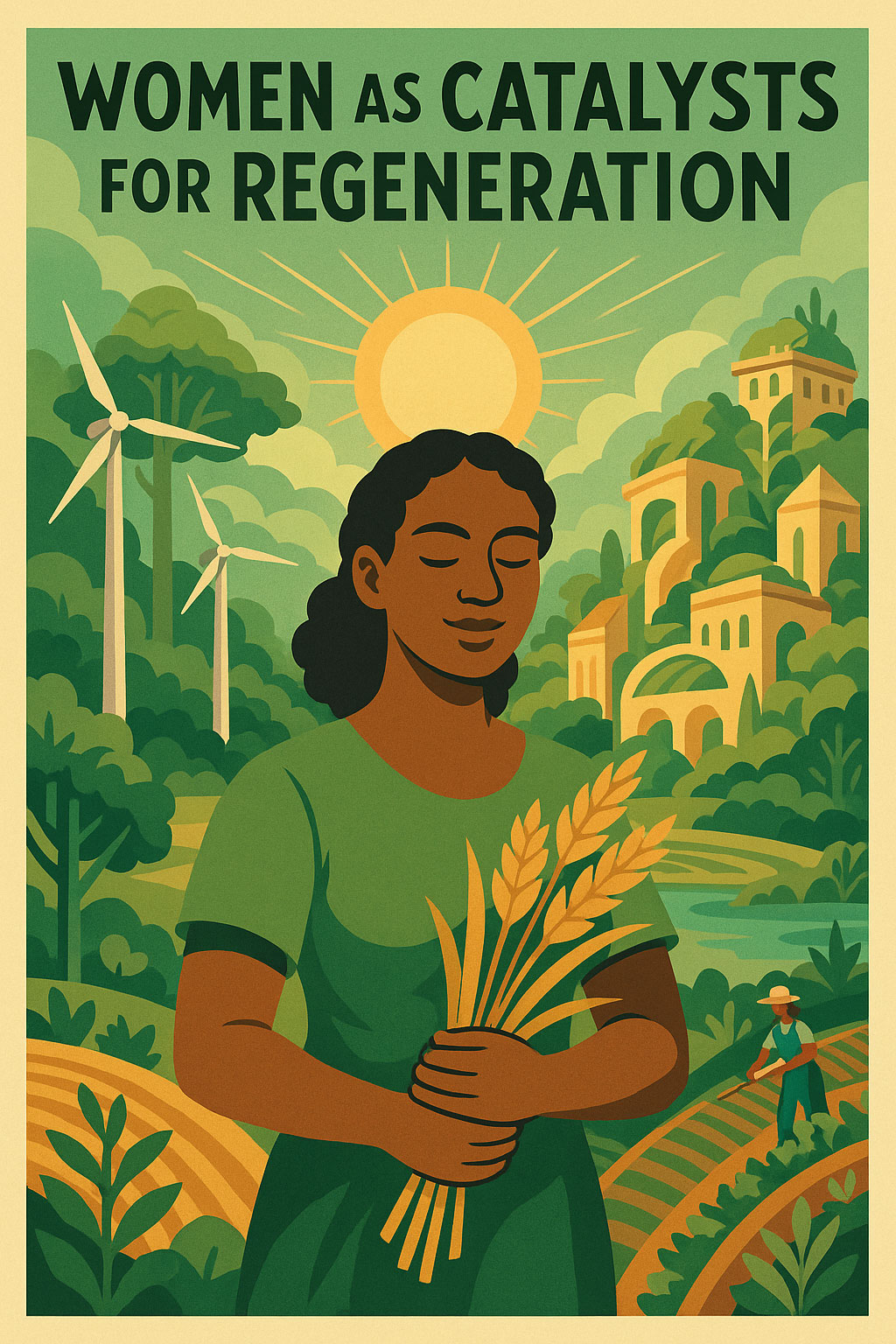Affordability, Regenerative Housing, and the Biotecture Academy
Good afternoon, everyone.
It is an honor to be here with colleagues who shape the future of our communities—planners, designers, policymakers, and advocates committed to the art and responsibility of place-making.
Today, I want to speak about a simple truth that sits at the center of land, culture, and legacy:
A community cannot thrive unless its people can live with dignity—and that begins with housing.
But not just any housing.
Housing that is attainable.
Housing that is regenerative.
Housing that is connected to the land, resilient to climate stress, and built in a way that strengthens—not strains—the local economy.
Housing that uplifts the most vulnerable.
Housing that expands opportunity, not restricts it.
This is the foundation of our work at Pangea Biotecture, and it is the heart of what I want to share with you today.
- The Opportunity for Regeneration
Regeneration is the process of restoring, renewing, and strengthening the natural and human systems that support life—so that every action we take improves conditions rather than merely sustaining or minimizing harm.
In practice, regeneration means designing buildings, communities, and economies that actively rebuild ecological health, cultural resilience, and human well-being, creating systems that get better over time.
Across New Mexico—and across the country—affordable and workforce housing is the defining challenge of our time.
We all know the data: rising construction costs, limited labor, regulatory friction, and a wage–price gap that grows wider every year.
But underneath the crisis lies a remarkable opportunity.
When we design housing that is affordable and regenerative—
when we create buildings that harvest their own water, generate their own energy, produce food, and reduce operating costs for families—
we don’t just shelter people.
We reduce household burdens. We strengthen local economies. And we create resilience that lasts generations.
This is not theory.
We are building it today in Taos, California, Spain, and beyond—homes that are fully off-grid, solar powered, water harvesting, thermally stable, and built with local materials.
And when I say “affordable,” I don’t mean “barely habitable.”
I mean dignified, durable, beautiful places to live—designed to empower families to succeed.
- Regenerative Housing as Economic Development
One of the greatest misconceptions in planning is the idea that housing is a social program.
Housing is actually an economic development program.
It is the backbone of workforce attraction, retention, and stability.
When workers cannot live where they work, the economy fails—slowly, painfully, and predictably.
Regenerative affordable housing solves several problems at once:
- It reduces the monthly cost burden on residents through near-zero utility bills.
- It creates long-term predictability for essential workers—teachers, healthcare workers, police, service workers, and tradespeople.
- It keeps dollars circulating locally instead of flowing to distant utility companies.
- It stabilizes labor markets, allowing local businesses to grow.
- It attracts new industries—especially those looking for communities with sustainable infrastructure and green-job pipelines.
In other words, the most powerful economic development strategy any community can pursue is stable, attainable, regenerative housing.
III. The Pangea Biotecture Academy: Building Skills and Green Jobs
This brings me to the next pillar of this work:
Workforce development.
Building sustainable, off-grid, regenerative homes requires a new generation of skilled professionals—designers, planners, electricians, welders, 3D-printer operators, earth builders, solar installers, water-system technicians, greenhouse builders.
We cannot solve the housing crisis unless we also solve the labor crisis.
So we launched the Pangea Biotecture Academy—a hybrid program that trains local students, young adults, mid-career changers, and community members to become:
- regenerative designers
- off-grid builders
- 3D-printing technicians
- water, solar, and food-system operators
- and emerging leaders of a new green economy
Our academy is not just a school.
It is a pipeline—from education, to apprenticeship, to field experience, to real employment.
Every home we build becomes a classroom.
Every greenhouse becomes a laboratory.
Every project becomes an economic engine.
By training people locally, we solve two problems simultaneously:
- We produce the housing supply communities desperately need.
- We create the workforce to build and maintain the sustainable future those communities deserve.
This is regenerative planning in action.
- Centering on the Most Vulnerable
But let me be clear:
Regeneration is empty unless it begins with equity.
Affordable and workforce housing must prioritize the people who are most often left behind—single mothers, service workers, young families, elders, and those on fixed incomes.
A resilient community is measured not by how well its strongest members succeed, but by how safely its most vulnerable can stand.
This is why our projects place vulnerable households at the center—not the periphery.
We build systems that reduce their long-term costs.
We design homes they can operate without technical expertise.
We stabilize monthly expenses by producing water, power, and heat on-site.
We shield families from the volatility of utility markets and climate impacts.
And as we train local workers through the Pangea Biotecture Academy, we prioritize those same households for scholarship access and job placement—closing the loop between education, housing, and economic advancement.
- The Central Role of Women in Regenerative Communities
Now, I want to address a truth that is too often overlooked, yet absolutely fundamental:
The centerpiece of sustainability is the empowerment of women.
Every data set—from the UN to the World Bank to regional economic studies—shows the same thing:
- When women have stable housing, communities stabilize.
- When women receive training and leadership opportunity, institutions strengthen.
- When women participate in design, planning, and building, systems become more resilient, more inclusive, and more successful.
We see it every day:
Women are leading households.
Women are leading community organizations.
Women are emerging as designers, builders, site leads, technicians, and regenerative farmers.
And women are leading the cultural shift toward sustainable living—because they understand the stakes for families, children, and future generations.
When we invest in regenerative housing and green-job training,
we are not only building infrastructure—we are building women’s futures.
And when women thrive, the entire community thrives. This is a fact.
- Land, Culture, and Legacy
I want to close by returning to the theme of this conference:
The Art of Place.
Places are not defined by their buildings.
Places are defined by the relationships those buildings create:
- Relationships between people and the land
- Between neighbors and culture
- Between past and future
- Between dignity and opportunity
A regenerative community is not merely built.
It is cultivated.
It is shaped by planners who understand culture.
By builders who understand land.
And by leaders who understand that legacy is measured not by what we construct, but by what we leave behind.
VII. A Call to Action
We have the tools.
We have the knowledge.
We have the technology.
What we need now is the will—the collective commitment—to build communities that honor the land, uplift our people, and regenerate the future.
Affordable housing is not a burden.
It is a gift.
It is a responsibility.
And it is an opportunity to build a future worthy of the people we serve.
Let us meet that future with courage, creativity, and compassion.
Let us build homes that restore.
Let us train the workforce that will carry this legacy forward.
And let us commit to the profound truth that planning is not about projects—it is about people.
Thank you.







Leave A Comment